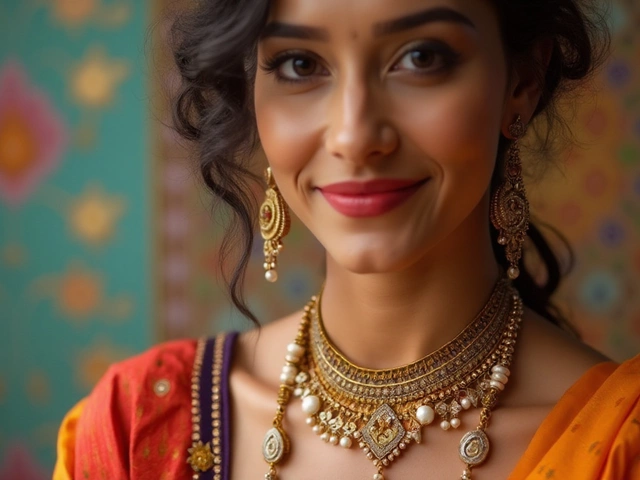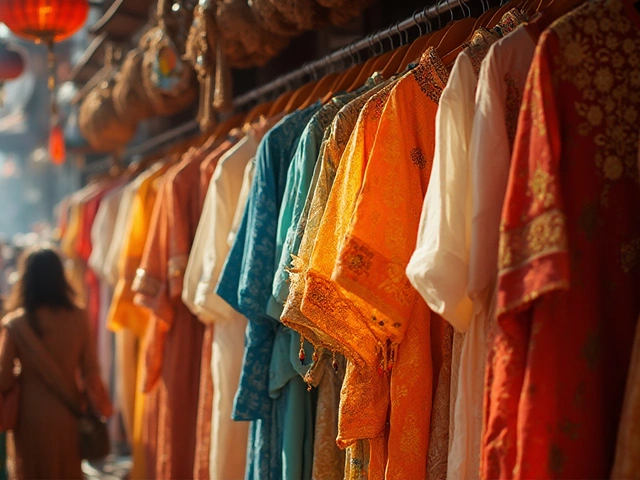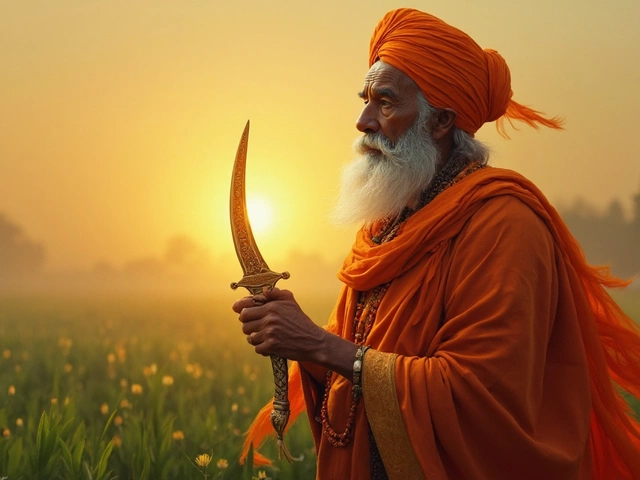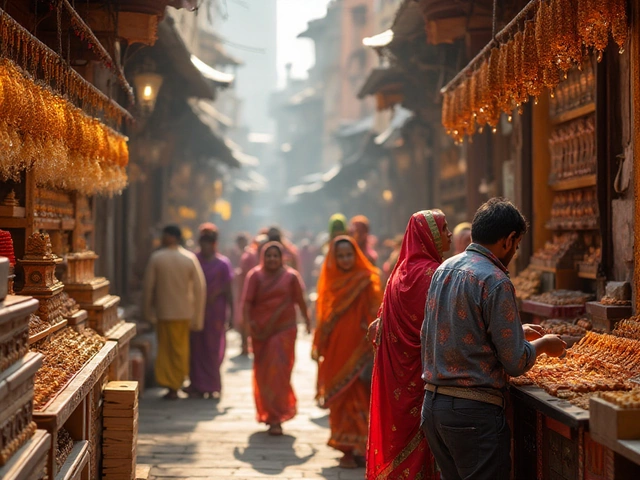Customs India: A Quick Guide to Everyday Traditions and Jewellery Rituals
Did you know that a simple bangles‑on‑the‑wrist can tell you a lot about a family’s history? In India, customs are woven into daily life, and they often show up in the way we dress, celebrate, and even shop for jewellery. This guide breaks down the most common customs you’ll encounter and shows how they affect your choices when you browse a site like RH Jewellers.
Jewellery customs you’ll love
When you step into a traditional Indian market, the first thing you’ll notice is the focus on gold. Gold isn’t just a metal; it’s a symbol of wealth, health, and prosperity. That’s why you’ll see stamps like 875 (21K) and 916 (22K) on almost every piece. Understanding these hallmarks helps you avoid cheap imitations and pick a piece that truly lasts.
Another favourite is the mangalsutra. Married women wear it as a sign of commitment, but today many designers blend gold with black beads, diamonds, or modern chains. If you’re not sure which style fits you, think about your daily routine – a simple gold pendant works well for office wear, while a bold black‑beaded design shines at festivals.
Black bangles and black beads in mangalsutra often spark curiosity. They originally signified protection against the evil eye, and now they’re a stylish statement. Pair them with bright outfits for a pop of contrast, or wear them with neutral tones for a subtle vibe.
Everyday traditions you can try
Colour matters a lot in Indian customs. Gold looks stunning against deep reds, royal blues, or even pastel pinks. If you’re planning a party, pick a dress in one of those shades and let your gold jewellery do the talking.
Nose pins are another cultural staple. Whether you have a simple stud or an intricate hoop, the nose pin can be a nod to heritage or a fashion tweak. Choose a shape that flatters your face – thin studs for round faces, larger hoops for oval faces.
Many people wonder if they should wear bangles while sleeping. Traditional belief says it’s fine, but for comfort, many switch to a single soft bangle for the night. This keeps the tradition alive without hurting your wrists.
Beyond jewellery, you’ll find customs in fabric choices. Cotton and bamboo are preferred for hot, humid days, while silk and pashmina grace special occasions. Knowing which fabric matches the climate makes your outfit both stylish and comfortable.
Finally, customs influence buying habits. The best month to buy gold in India usually falls between October and December, when demand dips after major festivals. Shopping during this window can save you a good chunk of money.
Whether you’re hunting for a perfect wedding gift, a daily wear piece, or just exploring Indian culture, remembering these customs helps you choose smarter and enjoy the stories behind each item. RH Jewellers offers a range that respects these traditions while adding a modern twist – so you get the best of both worlds.
Ready to try a new custom? Pick a piece that speaks to you, match it with a colour you love, and wear it with confidence. Tradition isn’t a rule; it’s a fun way to connect with a rich heritage while staying stylish.
Bringing Diamonds to India: What You Need to Know
Traveling to India with a diamond ring involves understanding customs regulations to ensure a smooth entry. It's crucial to know the relevant rules regarding declarations, import duties, and documentation for high-value jewelry. This article offers insights into the process, including tips on safe transportation and handling of valuable items. Cultural considerations and local perspectives on diamonds in India will also be discussed. By being well-prepared, travelers can enjoy peace of mind and avoid unexpected complications.





